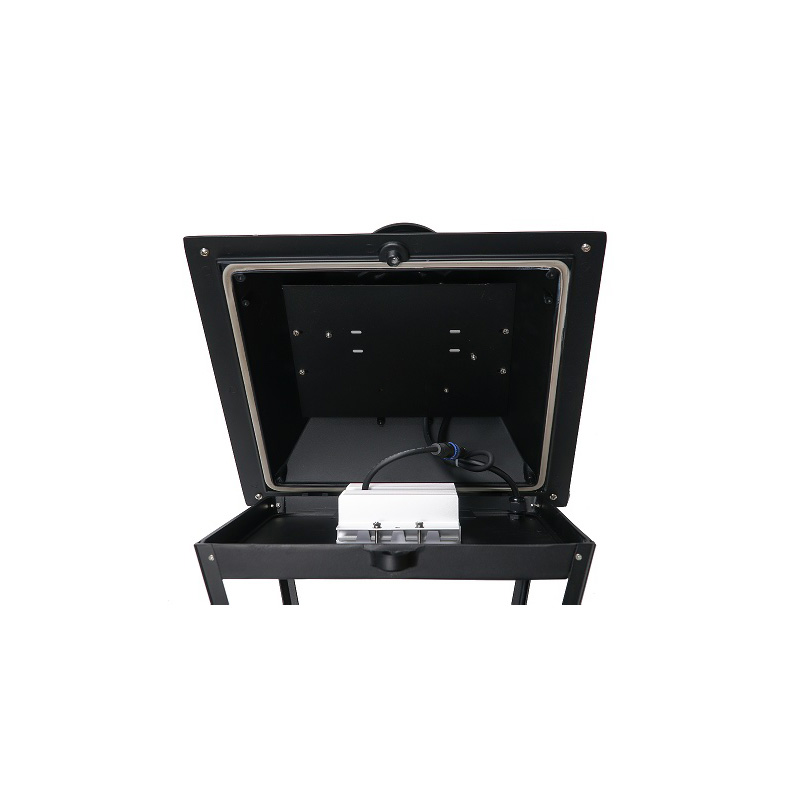Summary:Some flammable substances are produced in many hazardous places, especially in the mining industry, chemical industry, gas station and other industrie
Some flammable substances are produced in many hazardous places, especially in the mining industry, chemical industry, gas station and other industries. Therefore, in normal times, LED explosion-proof lamps can limit contact with explosive substances and limit the temperature of electrical contact surfaces below their minimum ignition temperature. Of course, different explosion-proof lamps must be equipped in different dangerous places, and the protection level and anti-corrosion level of the lamps are selected according to different types of explosion levels.
First of all, let us understand the three conditions necessary for an explosion: an explosive substance, that is, a substance that can react with oxygen (air), when it reaches a certain concentration in the air, it will explode when it encounters an ignition source; oxygen , Ordinary people know that air is a necessary condition for explosion, and it cannot explode if it cannot burn in a vacuum; ignition sources include open flames, electrical sparks, mechanical sparks, electrostatic sparks, high temperatures, chemical reactions, light energy, etc.

Once again, we need to understand that the LED explosion-proof light is mainly composed of explosion-proof housing, LED light source, driving power supply, glass protective mesh cover, cable pressing device, installation accessories and so on. Its service life is extremely long, up to 30,000 to 50,000 hours, which is 30 times that of ordinary light bulbs, which is the same as providing continuous lighting for three years. The following is an introduction to the working principle of LED explosion-proof lights.
The principle of LED explosion-proof lamps is the same as that of explosion-proof lamps. The LED explosion-proof lamp heats the filament of the lamp tube through the ballast, so that the electrons collide with the argon atoms to produce inelastic collisions. After the argon atoms collide, they obtain energy and then hit the mercury atoms. The principle of ultraviolet excitation of phosphors to emit light achieves the effect of energy saving.
Flameproof explosion-proof lamp is an explosion-proof type that takes measures to allow internal explosion and prevent flame propagation. It is the most commonly used explosion-proof type. Because the shell of this type of explosion-proof lamp is generally made of metal material, it has good heat dissipation, high shell strength and good durability, and is very popular with users. If an explosive gas mixture enters the flameproof enclosure and is ignited, the flameproof enclosure can withstand the explosion pressure of the explosive gas mixture inside and prevent the internal explosion from propagating to the explosive mixture around the enclosure. This is a gap explosion-proof principle, that is, the use of metal gaps can prevent the spread of the explosion flame and cool the temperature of the explosion product, achieve flame extinguishing and cooling, and suppress the expansion of the explosion. A structure designed on the principle of principle.
